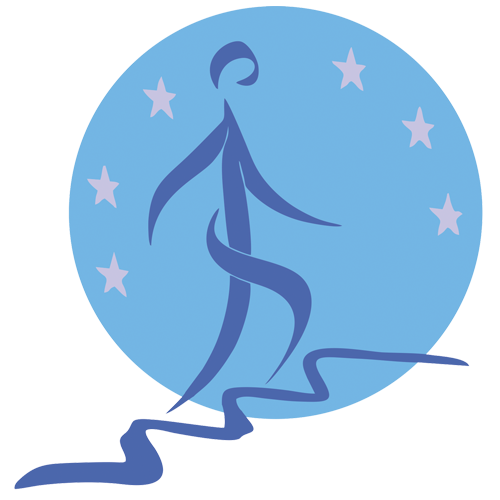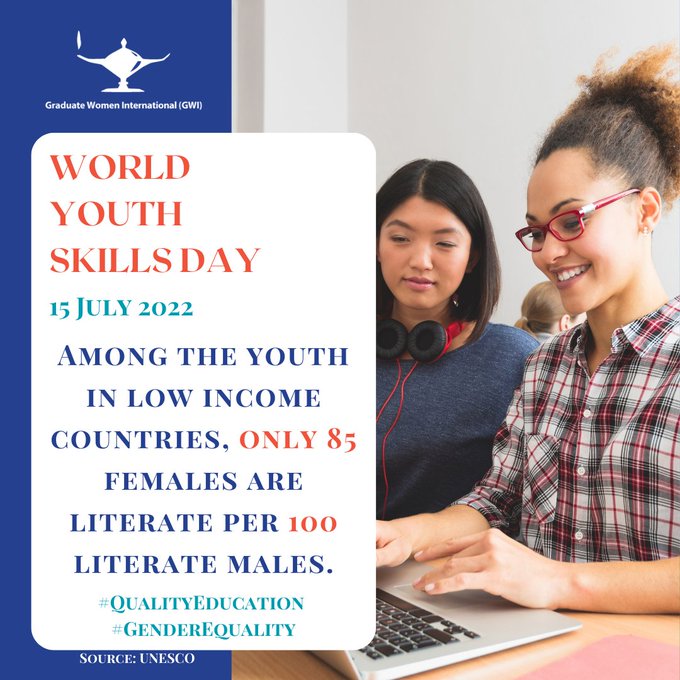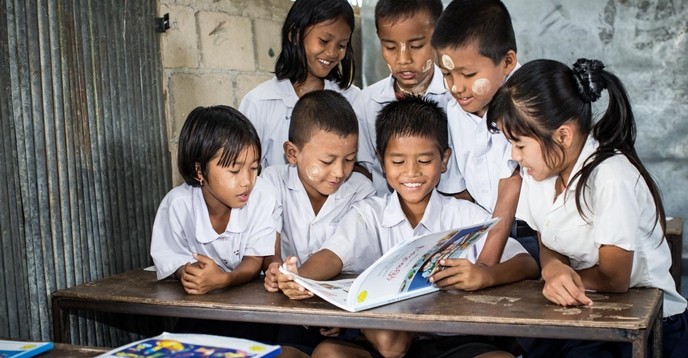The number of children, youth and adults not attending schools or universities because of COVID-19 is soaring.
In response, UNESCO convened a global video conference of high education officials to step up the emergency response and share strategies to minimize learning disruption worldwide.
Seventy-three countries were represented including 24 education ministers and 15 vice ministers from China, Croatia, Egypt, France, Italy, Lebanon, Mexico, Nigeria, Japan, the Republic of Korea and the Islamic Republic of Iran.
According to data released up to date by UNESCO, the crisis is now impacting close to 363 million learners worldwide, from the pre-primary to tertiary level, including 57.8 million students in higher education. One in five students worldwide is staying away from school due to the COVID-19 crisis and an additional one in four is being kept out of higher education establishments.
Governments in 113 countries have closed educational institutions in an attempt to contain the global pandemic. Since March 16, fifteen countries have ordered nationwide school closures and 14 have implemented localized closures, spanning Asia, Europe, the Middle East and North America.
“We are entering uncharted territory and working with countries to find hi-tech, low-tech and no-tech solutions to assure the continuity of learning,” said UNESCO Director-General Audrey Azoulay. “As countries try to prepare their response, international cooperation is vital to share the most effective approaches and support students, teachers and families. UNESCO is stepping up its support to ensure this crisis promotes innovation and inclusion and does not exacerbate learning inequalities.”
To steer the global response, UNESCO announced the creation of a UNESCO-COVID19 Emergency Task Force that will support national responses and share effective policy responses with a focus on the most vulnerable countries. A wider community of practice will be established to enhance knowledge sharing, peer learning and capacity building on distance and open learning. UNESCO aims to mobilize all actors involved, including the private sector. Partners such as Microsoft have already lent technical support to the Task Force.
Government representatives shared approaches and best practices during their exchange to ensure continuity of learning during school closures, the duration of which is unpredictable at this stage.
UNESCO published a list of educational applications and platforms to help parents, teachers, schools and school systems facilitate student learning and provide social caring and interaction during periods of school closure. While these solutions do not carry UNESCO’s explicit endorsement, they tend to have wide reach, a strong user-base and evidence of impact. Most of the solutions are free and several support multiple languages.
Also a list of national learning portals and tools to help assure the continuity of education during COVID-19 school closures.






